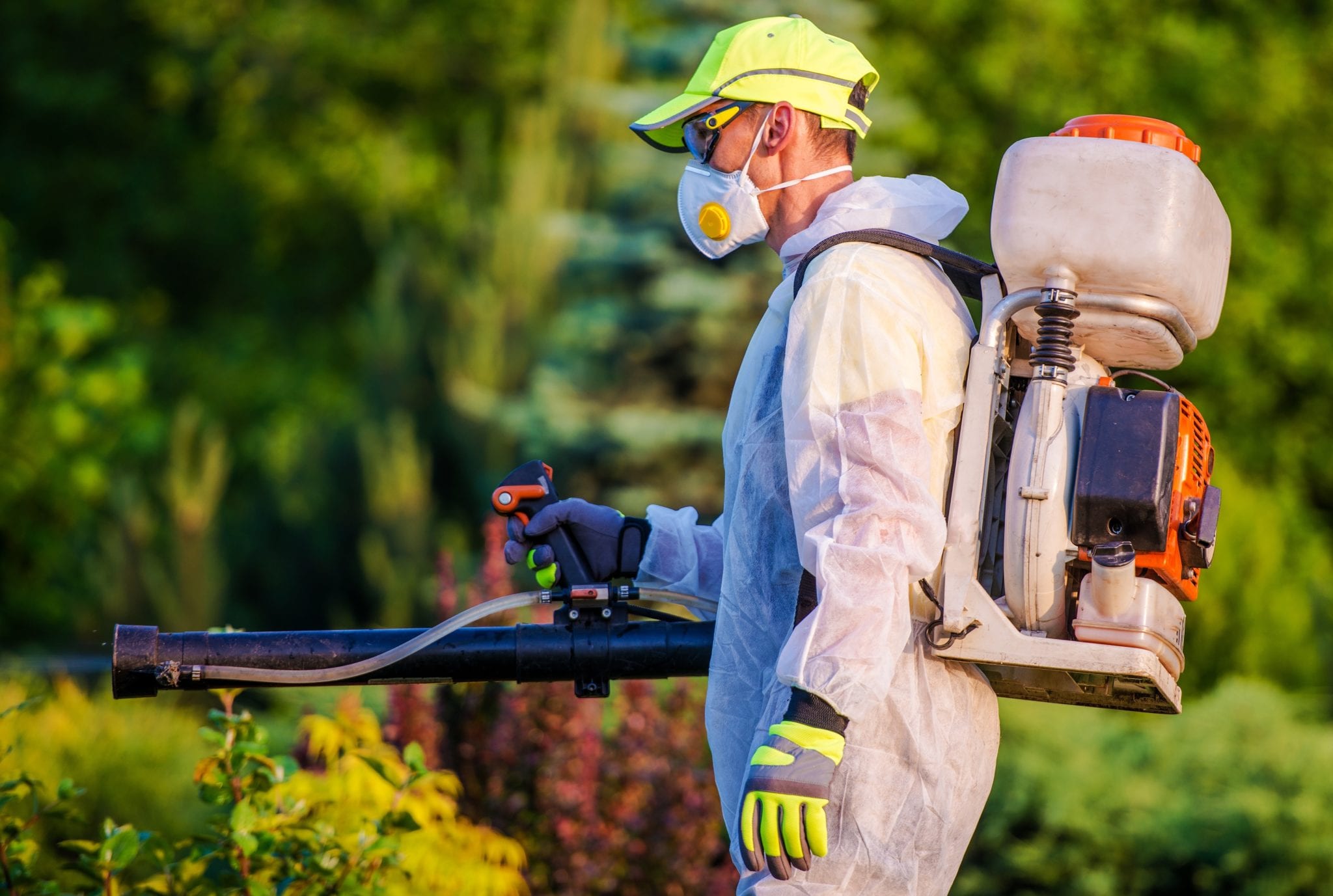A Comprehensive Guide to the Different Sorts Of Insect Control Methods
With the myriad of parasite control techniques available, it can be overwhelming to discover the most efficient solution for a certain pest issue. In this detailed guide, we will check out these various kinds of pest control techniques, using insights right into their applications and advantages. By the end, you will have a clearer understanding of which approach might be the best fit for your pest control requirements.
Chemical Bug Control Approaches

One typical sort of chemical pest control is insecticides. Pesticides are chemical substances that are particularly formulated to kill or repel pests. They can be applied in various forms, such as sprays, lures, or dusts. Insecticides target specific insects, such as mosquitoes, termites, or ants, and can be utilized both indoors and outdoors.
One more kind of chemical bug control is rodenticides. These are chemical substances made to manage populations of rodents, such as rats and computer mice.
Weed awesomes, additionally called herbicides, are another kind of chemical parasite control method. Herbicides are made to precisely eliminate unwanted plants, called weeds, without causing injury to desirable plants. They are frequently used in agriculture, landscape design, and gardening to regulate the growth of unwanted plant life.
While chemical insect control techniques can be very effective in eliminating insects, it is essential to use them deliberately and follow safety standards. Overuse or misuse of chemical pesticides can have adverse influence on human health and the atmosphere. It is vital to employ these approaches properly and consider different bug control techniques whenever possible.
Biological Insect Control Techniques
Biological bug control approaches involve using living organisms or natural substances to manage and control pest populaces. Unlike chemical approaches, which commonly count on artificial chemicals, organic control approaches make use of the natural adversaries of pests to control their populaces. This technique is taken into consideration even more eco pleasant and lasting, as it minimizes using harmful chemicals and reduces the risk of pesticide resistance.
One extensively made use of organic insect control method is the introduction of natural predators or bloodsuckers. As an example, ladybugs are presented to manage aphids, while specific wasp varieties are launched to target caterpillars. These killers and parasites feed upon parasites, minimizing their numbers and preventing invasions.
Another organic control technique is the use of virus. Particular bacteria, viruses, and fungi can be employed to infect and eliminate certain insects. The bacterium Bacillus thuringiensis is frequently used to regulate caterpillars, as it creates toxins that are dangerous to these insects.
Organic control methods can additionally entail making use of pheromones or all-natural compounds that interfere with the mating patterns of bugs. By hindering their recreation, these techniques assist to lower pest populations gradually.
While organic pest control techniques are usually efficient, they might require longer periods to attain desired results contrasted to chemical methods. Furthermore, mindful factor to consider should be offered to the selection and release of all-natural adversaries to avoid unintended injury to useful microorganisms or communities.
Physical Bug Control Approaches
To efficiently take care of and control pest populaces, alternate bug control methods understood as physical parasite ant control control techniques are utilized. An additional physical insect control method is the setup of fencings or walls to maintain larger parasites, such as deer or rabbits, out of yards or agricultural fields. Physical parasite control approaches are an environmentally pleasant option to chemical pesticides, as they do not count on the usage of harmful chemicals.
Natural Pest Control Approaches
Natural bug control methods provide a lasting and eco-friendly approach to managing and removing pests. These techniques focus on using all-natural compounds and organic agents, reducing the demand find more for chemical pesticides that can harm the atmosphere and human health and wellness. Among the most common natural parasite control methods is biological control. This includes presenting natural predators or bloodsuckers to prey on or parasitize the insects. For instance, ladybugs are often introduced to yards to regulate aphid populaces. Another natural method is using repellents originated from plants. Particular plants, such as marigolds, lavender, and pepper mint, produce fragrances that repel insects like mosquitoes, flies, and ants. Furthermore, cultural control practices can be employed to stop and manage pest infestations. This includes correct hygiene, normal upkeep, and advertising biodiversity in the yard. As an example, revolving crops, getting rid of yard debris, and encouraging all-natural predators can aid protect against the build-up of bugs. By adopting these natural bug control methods, people and neighborhoods can efficiently take care of bugs while lessening the negative influence on the setting and human health.
Integrated Pest Monitoring (IPM)
Integrated Parasite Management (IPM) is a comprehensive and methodical strategy to pest control that combines various strategies and strategies to efficiently handle parasites while minimizing the use of why not try here chemical pesticides. IPM aims to keep parasite populaces below the financial injury degree by making use of a mix of cultural, organic, and chemical control approaches.
Social control methods involve modifying the atmosphere to make it much less positive for insects. This can consist of techniques such as plant turning, proper hygiene, and the use of resistant plant ranges. By producing undesirable conditions for pests, social control approaches can considerably decrease insect populaces.

Chemical control methods are made use of as a last resource in IPM. They involve the targeted and wise use chemicals to handle parasite populaces. Unlike traditional pest control methods, IPM intends to reduce using chemical pesticides by employing alternative methods.
Integrated Pest Management (IPM) is a positive technique that concentrates on long-term insect monitoring instead of depending entirely on responsive actions. By combining several control approaches, IPM gives an extra lasting and ecologically friendly method to pest control.
Verdict
It reviewed chemical, biological, physical, and all-natural insect control techniques, as well as the incorporated pest administration approach. By comprehending these different approaches, individuals can make educated decisions on which insect control approach is most suitable for their details demands and choices.